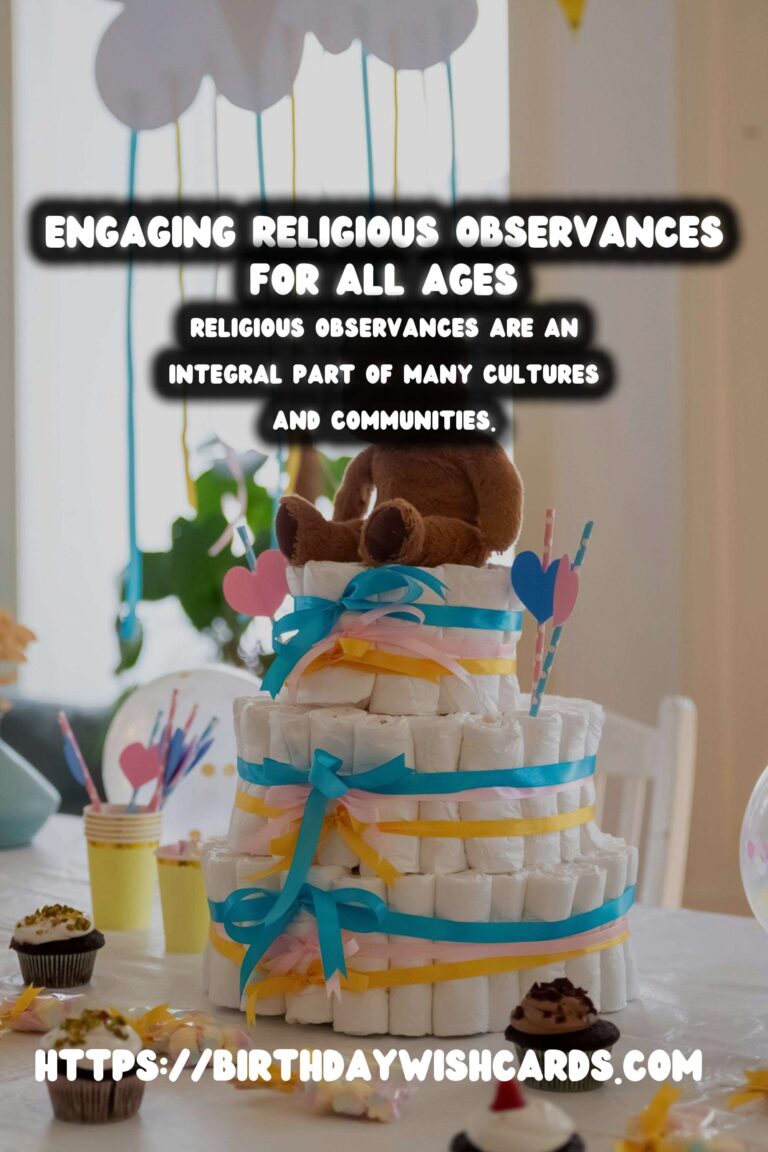Mindfulness Practices for Bosses: Elevate Your Leadership Skills
Mindfulness Practices for Bosses: Elevate Your Leadership Skills
In today’s fast-paced business environment, the role of a boss has evolved significantly. To be an effective leader, it is essential to not only manage teams but also to foster a culture of mindfulness. Mindfulness practices can enhance leadership skills, improve decision-making, and create a healthier work environment.
What is Mindfulness?
Mindfulness is the practice of being present and fully engaged in the current moment, without judgment. It involves cultivating awareness of thoughts, emotions, and sensations, allowing individuals to observe their experiences without becoming reactive. For bosses, embracing mindfulness can lead to more thoughtful leadership.
Benefits of Mindfulness in Leadership
1. Enhanced Emotional Intelligence: Mindfulness helps leaders to be more attuned to their emotions and those of their team members, which is crucial for effective communication.
2. Improved Focus and Clarity: Practicing mindfulness can lead to better focus, reducing distractions and enhancing decision-making processes.
3. Stress Reduction: Mindfulness techniques such as meditation can significantly decrease stress levels, promoting a more balanced approach to management.
4. Increased Creativity: Being present can enhance innovative thinking, as leaders become more open to new ideas and perspectives.
Mindfulness Practices for Bosses
1. Mindful Breathing
One of the simplest mindfulness practices is mindful breathing. This technique involves taking a few moments each day to focus on your breath. Here’s how to do it:
– Find a quiet space where you can sit comfortably.
– Close your eyes and take a deep breath in through your nose, allowing your belly to expand.
– Exhale slowly through your mouth.
– Focus solely on the sensation of your breath entering and leaving your body. If your mind wanders, gently bring it back to your breathing.
Practicing this for just a few minutes each day can help reduce anxiety and improve focus during meetings and decision-making processes.
2. Walking Meditations
Walking meditation combines mindfulness with movement, helping to enhance your awareness of your surroundings. It can be done individually or as a team-building activity. Follow these steps:
– Choose a quiet outdoor space for your walk.
– Walk slowly, focusing on the sensations in your feet as they touch the ground.
– Pay attention to your surroundings, noticing sights, sounds, and smells.
– If your mind starts to wander, gently redirect your focus back to your walking.
Encouraging team members to participate in walking meditations can foster collaboration and creativity.
3. Mindful Listening
Mindful listening is a powerful tool for effective leadership. It means being fully present during conversations with your team members. Here’s how to practice:
– When someone is speaking, give them your full attention. Put away distractions such as phones or laptops.
– Listen to understand, rather than to respond or react.
– Acknowledge what the speaker has said by nodding or giving verbal affirmations.
– Wait until they have finished speaking before offering your thoughts or feedback.
Practicing mindful listening can improve team dynamics and foster a sense of trust and respect.
4. Gratitude Practices
Incorporating gratitude into your routine can shift your focus from challenges to positive aspects of work life. Each day, take a moment to reflect on what you are grateful for. You can:
– Write down three things you appreciate about your team.
– Share your gratitude verbally during meetings.
– Create a gratitude board where team members can post notes of appreciation.
Gratitude practices can improve morale and strengthen team cohesion.
5. Mindfulness Workshops
Consider organizing mindfulness workshops for you and your team. Bringing in a mindfulness expert can provide structured sessions on various techniques. These workshops can cover:
– Basic mindfulness meditation.
– Stress management techniques.
– Strategies for integrating mindfulness into daily routines.
These sessions can create a collective atmosphere of mindfulness in the workplace, enhancing overall productivity.
Integrating Mindfulness into Workplace Culture
To truly reap the benefits of mindfulness, it’s crucial to integrate these practices into your workplace culture. Here are some tips:
1. Lead by Example: As a boss, demonstrate mindfulness in your daily activities. Engage in mindfulness practices openly to encourage your team to follow suit.
2. Encourage Breaks: Foster a work environment that values breaks for mindfulness activities. Schedule team meditation sessions or encourage short mindfulness breaks throughout the day.
3. Provide Resources: Share resources such as apps, books, or online courses that focus on mindfulness and stress reduction.
4. Create a Mindfulness Space: Designate a quiet space in the office where employees can relax and practice mindfulness techniques.
Conclusion
Implementing mindfulness practices in leadership not only enhances personal skills but also contributes to a positive work culture. By fostering mindfulness, bosses can create a more engaged, creative, and productive team. As we move forward in a constantly changing environment, leaders who prioritize mindfulness will navigate challenges with greater ease, resulting in better outcomes for everyone involved.
In today’s fast-paced business environment, the role of a boss has evolved significantly.
Mindfulness practices can enhance leadership skills, improve decision-making, and create a healthier work environment.










#Mindfulness #Leadership #BusinessSkills #EmotionalIntelligence #StressReduction







